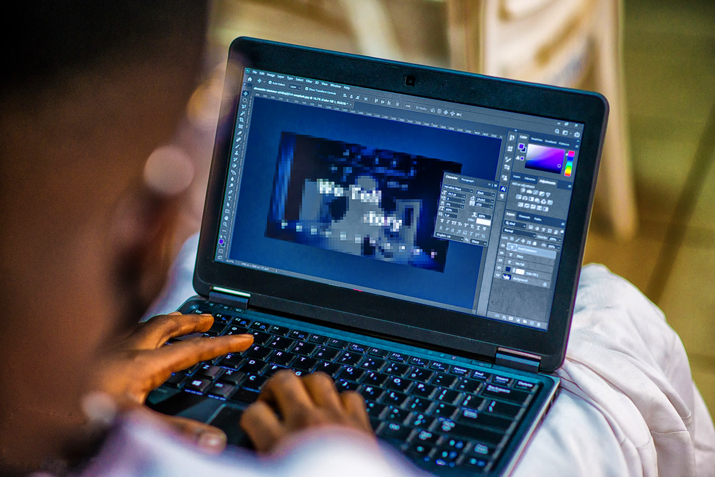If you’re creative, then a career in graphic design could be perfect for you. And while a degree is one of the most common ways to become a graphic designer, it’s not the only one.
So if you’ve been wondering how to become a graphic designer without school, read on!
Taking a degree is time-consuming and costly and isn’t the right choice for everyone. But don’t get discouraged – there are other ways to break into graphic design without a degree.
You can become a self-taught graphic designer (if you’re prepared to put in the work).
This guide will set you up with the essential tips you need to become a graphic designer from home.
Do You Need a Degree to be a Graphic Designer?
The short answer is no, you don’t need a degree to become a successful graphic designer.
Some jobs or organizations may require a degree. But there are tons of opportunities out there, even if you don’t have formal qualifications.
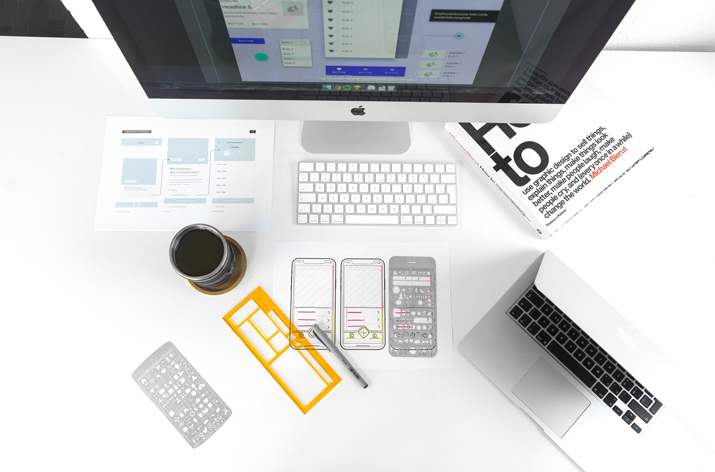
A degree isn’t the most important thing when it comes to getting a graphic design job. Your skill level, experience, and creativity are all more important. And your portfolio is just as crucial (or even more) than a graphic design degree.
If you can show that you are talented and hard-working, you’ll have no trouble getting hired.
So if you’re looking for creative jobs that don’t require a degree, graphic design is an excellent option. That’s especially true if you’re looking for entry-level jobs. ]
Or maybe you’re interested in starting a graphic design business? Then, you probably don’t want to spend 3-4 years at school taking an expensive degree. Instead, you can get stuck in, take some courses, and start earning money in much less time.
Now that’s cleared up, but you still might be confused about how to get into design. Let’s look closer at how to become a graphic designer without a degree.
10 Tips for Getting into Graphic Design Without a Degree
1. Start with the Basics
So you’re creative, talented, and love art and design. That’s excellent, but that’s not all there is to be a graphic designer.
You also need to have a firm grasp of design basics. That includes the art foundations like scale, color, perspective, and balance.

You’ll also need to master how to create effective compositions. And as graphic design uses text as well as images, you should understand how to use typography, too.
Learning these basics will make you a skilled, well-rounded graphic designer. Because you can’t build a firm foundation if you don’t have the basics down.
These rules will provide you with what you need to know to create compelling designs. But if you haven’t learned them, then your designs will be flawed from the beginning.
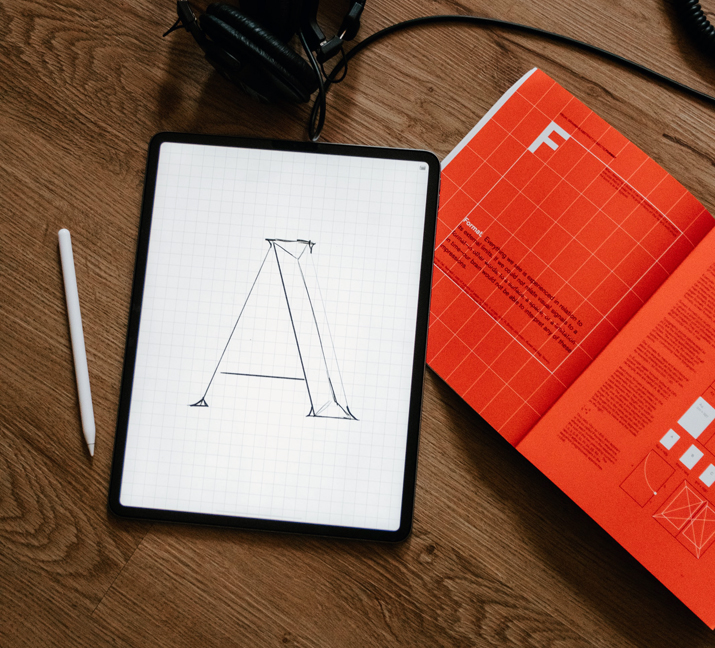
So don’t skip this step! Instead, spend some time on the basics, and you’ll forever appreciate it. And it doesn’t have to cost a penny. You can take some free graphic design courses to get you started.
2. Master Graphic Design Software
While a degree isn’t essential for getting hired, you do need to know the software inside out.
So, becoming an Adobe expert isn’t negotiable. At the very least, you should have a solid understanding of Photoshop and Illustrator. You’ll need to feel confident using them and know what you can do with them.
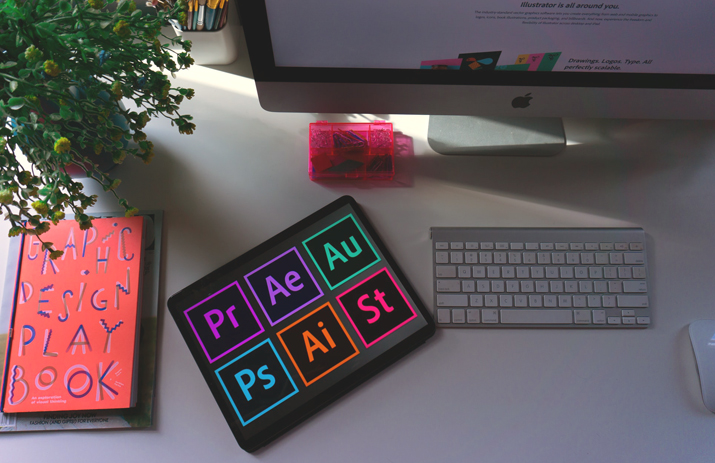
If you’d like to work with print media, then you’ll need to brush up on Adobe Photoshop, InDesign, too.
The good news is that you don’t need to spend a lot of money learning these programs. There are loads of affordable graphic design courses for each app on platforms like Udemy. These courses are great for learning all the ins and outs of these programs and how to use them.
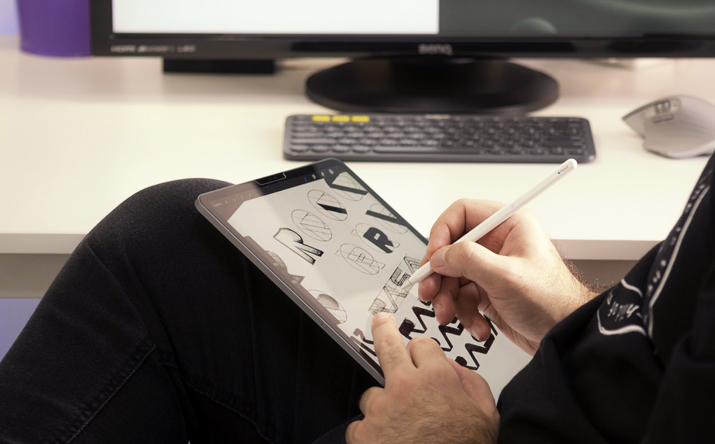
But you can also come across great free tutorials on YouTube for almost anything you can imagine. Whether you need an introduction to Photoshop or a specific tutorial, you’re sure to find it.
Learning how to be a graphic designer doesn’t have to be expensive or elitist. If you have the hard work and motivation, you’ll find your way. No matter what your budget is!
3. Upgrade Your Equipment
You need to have the right tools to present yourself as a professional graphic designer.
You can’t rely on an ancient laptop that takes ages to open files and crashes all the time. Graphic design can be demanding and intensive work, so you need tools that are up to the job.
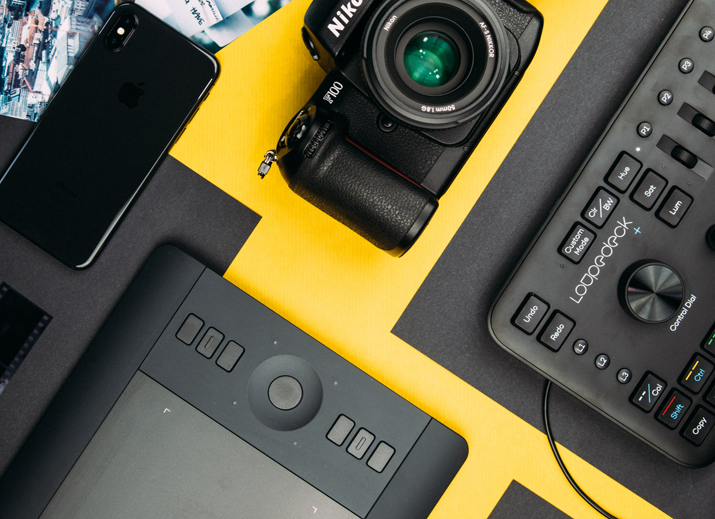
The most important thing to invest in is a powerful computer. It should have a robust processor, plenty of RAM, storage space, and a decent GPU.
Check out my recommendations for the best laptops and desktops for graphic design.
Drawing tablets can also come in handy for designers. My reviews for the best Huion tablets and the top tablets for drawing are good places to start.
A responsive mouse for graphic design is also well worth the money. It will be much more sensitive and quick and may have extra features that come in handy.
Your monitor is also important as you want to see your designs clearly and in HD. There are both budget and more luxury options out there!
I’d also recommend investing in ergonomic equipment. It will make a huge difference in your comfort if you’re working long hours. Even a simple ergonomic mouse pad can relieve wrist and arm pain!
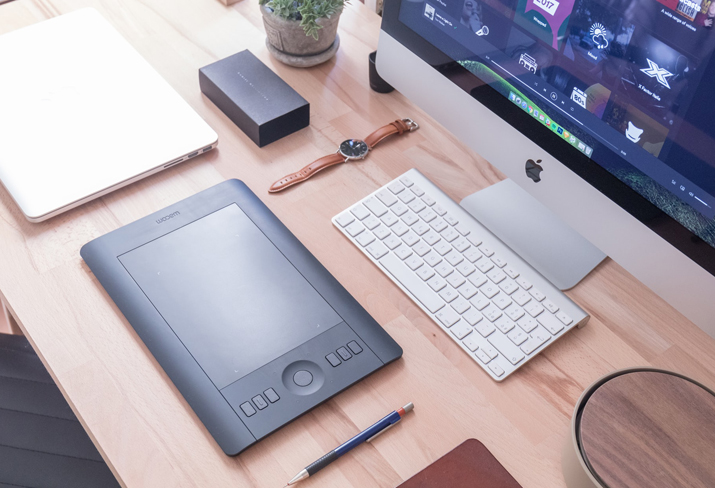
Having the right equipment will ensure that you can do your best work. But your computer is the most important piece of the puzzle. Once you have a great laptop or desktop, you can start working and buy other tools when you need them.
4. Discover Your Unique Design Style
You could have all the skills and qualifications out there. But if you don’t have a unique and eye-catching style, you won’t stand out from the crowd.
That’s why it’s so essential to spend some time discovering your own style. It’s what will make people remember you, seek you out, and come back for more.
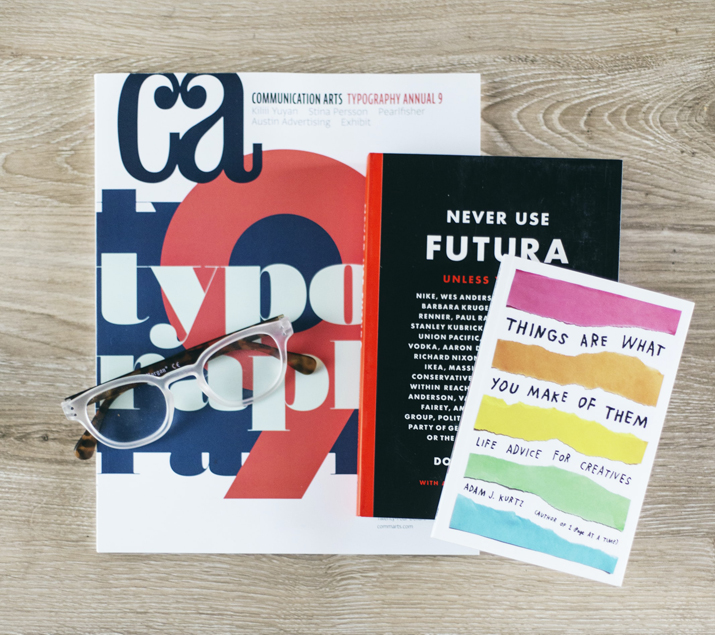
The process of creating your design style won’t happen overnight. You’ll need to spend time on it and practice, practice, practice.
You can start by paying attention to other designers’ work and seeing what appeals most to you. Then, you can use these pieces as inspiration for your own projects, putting your unique spin on them.
You should factor in what you’re good at and what you enjoy creating when coming up with your style. But also keep in mind what works well for the types of businesses you want to work with. That way, you’ll ensure that your style will appeal to the right people and get you hired!
Check out my detailed guide to developing your style here. Although I wrote it with artists in mind, the same tips apply to graphic designers.
5. Niche Down
One of the best tips I have for people just starting in graphic design is to niche down.
Once you have the basics down, it’s time to think about your specialty. Because you don’t need to learn everything related to graphic design.
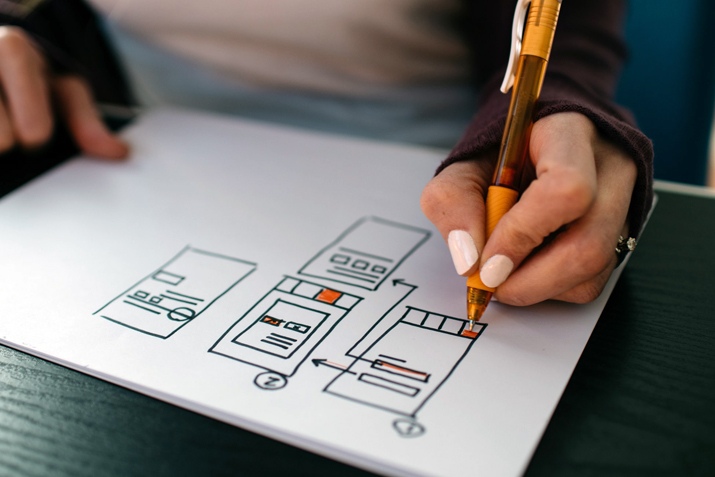
Graphic design is a huge industry, and there are all sorts of specialties within it. So, it’s better to have a mastery of a specific graphic design niche than broad knowledge of the entire industry.
Here are some ideas for different graphic design specialties you could niche in:
- Web design
- Online marketing design
- Logo design
- App design
Each of these niches has a huge demand and won’t be going out of fashion any time soon.
There will always be a need for online marketing graphics. Every business needs a logo (and probably a website, too).
So, you can choose one of these niches to specialize in for a secure and comfortable career.
When you specialize, people will see you as an expert in your field. As a result, it’s easier to show the value you bring to the table, charge more, and get hired quicker.
Plus, when you choose a specific niche, you can focus your attention. As a result, you’ll find it takes less time to develop the specific skills you need.
Staying on top of the latest trends is also easier when you concentrate on a certain area.
6. Wrap Your Head Around User Experience
So you’ve learned the basics, got the right equipment, and even decided on your niche.
But there’s another step you don’t want to miss. You also need to have an understanding of user experience, also known as UX.

User experience is all about creating a functional product. That’s critical when you’re creating anything complicated, like apps and websites. Not only does it need to look amazing, but it needs to be practical and easy to use.
For example, a website needs clear and simple navigation so you can get to where you need to be.
By understanding UX, you can create better designs. You’ll even be able to provide advice and suggestions to your clients or employers. And that will be invaluable for them.
7. Learn How to Manage Your Clients Effectively
Your practical design skills aren’t the only skills you’ll need to hone as a graphic designer.
Whether you’re a freelancer or employee, visual communication is key. You’ll need to communicate effectively and clearly and work well with others.
Communication is especially important when you work directly with clients. You’ll also be responsible for sales and marketing.
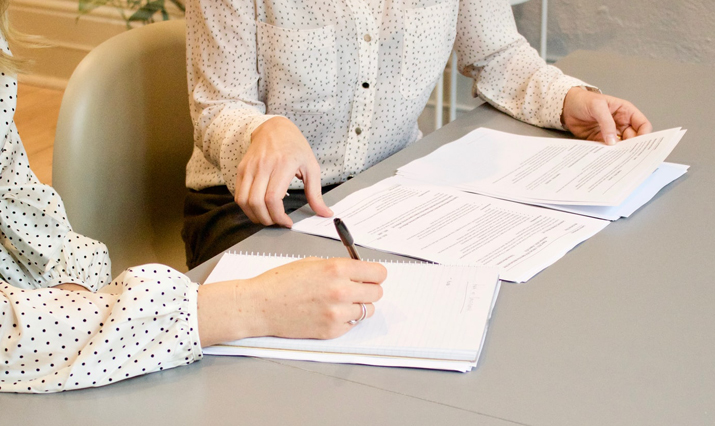
That means handling consultation calls with confidence and negotiating prices and scope. Plus, keeping clients up to date on the progress of the project.
You will also need to have good time management and prioritization. It’s vital to stay organized and have effective systems and processes. Otherwise, you may end up missing deadlines or skipping some key instructions.
Finally, you’ll need to have a thick skin and accept feedback well. No more getting upset if a client doesn’t love a design. You should respond positively and find a solution.
All these skills are just as important as your actual design capabilities. So, you should work on them to make sure you present yourself in the best way possible. Self-help books are good resources if you’re working on your interpersonal skills.
8. Grow Your Online Presence
If you want to find clients nowadays, then an online presence is non-negotiable. Even if you have a website, people won’t stumble across it accidentally. Instead, you need to connect with people on social media.
You should build up an online presence on platforms like Facebook and Instagram. Other options are Pinterest, LinkedIn, and even TikTok. Do your research to decide which ones will work best for you.

As a graphic designer, you want to go for a visual platform where you can showcase your designs. In this way, you can give people a taster of your work.
It’s also a way to share who you are, what you do, and how you help your clients.
Finding clients online is a great way to get started if you’re a graphic designer without a degree. You can take on retainer contracts or individual projects.
Most importantly, many clients will not worry about your qualifications. So long as you can produce quality work and get the job done, that’s all they care about.
And that’s where your online portfolio comes in. It’s what you’ll share when applying for jobs to give people an idea of your work. Your design portfolio will have a huge impact on whether you get the job or not.
You can put together your portfolio on your website. It should contain your best pieces of work tailored to the types of businesses you work with.
Read my guide for more tips on creating an amazing portfolio to impress clients.
9. Network & Make Connections
In this industry, who you know can be as influential as what you know. That’s why I’d recommend making connections and networking with other designers.
But you may also want to extend that a bit further. For example, you could attend events for small business owners if this is your ideal client.

If you work within a special niche, find out if there are any key conferences you can attend. You never know when you might meet (and impress) your next boss or client.
Networking can also take place online, especially since the pandemic. You can find communities that host regular events as well as all sorts of online summits and more.
It could also be as simple as responding to questions and sharing your knowledge in a Facebook group. If you’re helpful and have obvious expertise, you’ll stick in people’s minds. And they could bring their next project to you or even hire you!
10. Keep Learning & Brushing Up On Your Skills
Graphic design is a constantly changing landscape. New tools and trends are coming all the time. If you want to stay at the top of your game, then you’ll need to stay up to date with what’s working well.
You should also never stop learning. If you can get into a lifelong learning mindset, you will never get left behind.
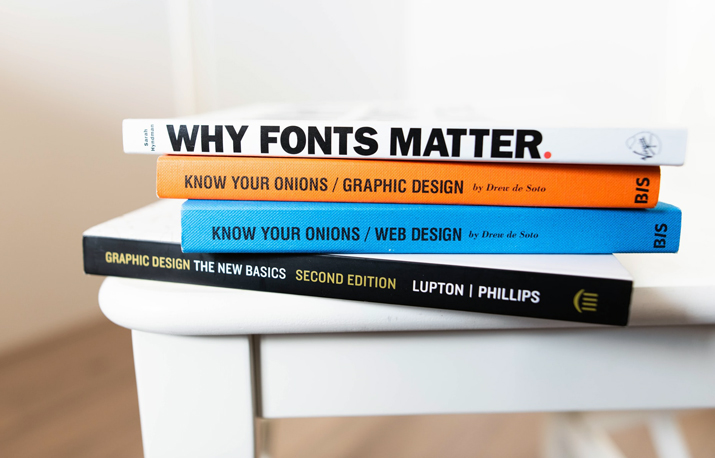
There are lots of ways to do this. You can sign up for low-cost online courses in specific areas you want to learn more about principles of design.
Or, you could subscribe to magazines, read widely, and follow the top industry bloggers. If you’re looking for suggestions, check out my list of the best design books!
Even watching YouTube videos could be a productive way to brush up on your skills. But never assume that you know it all and there’s nothing more to learn about graphic design!
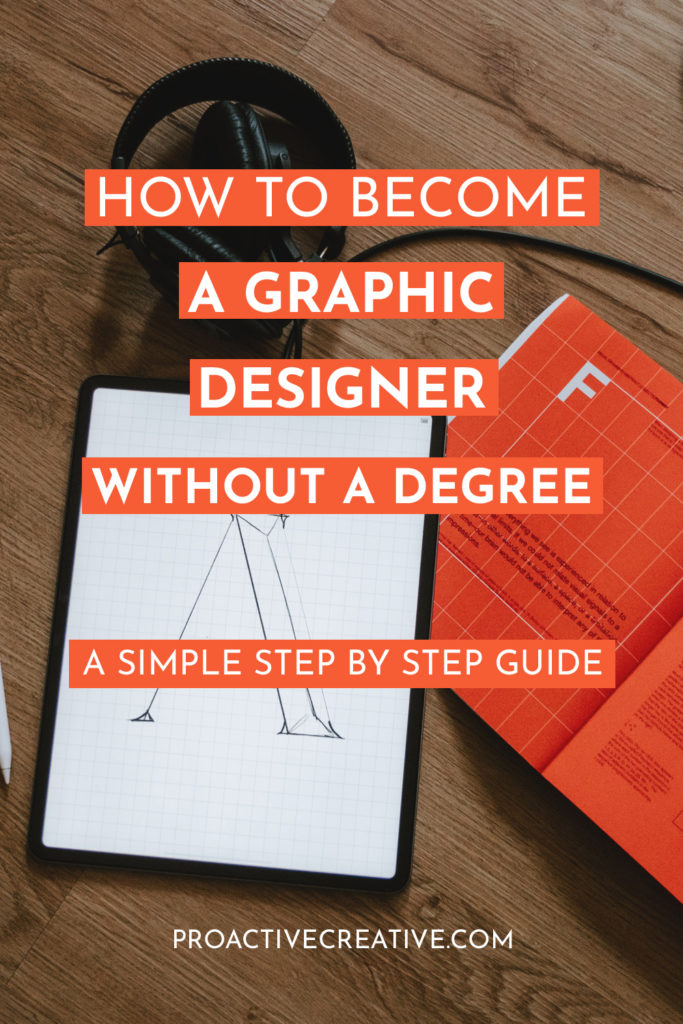
The Wrap Up
Graphic design is a rewarding creative career that offers excellent career security. So don’t let anyone tell you that you need a degree to become a graphic designer.
There are plenty of routes to getting into graphic design. If you’re determined and hard-working, you can make it as a self-taught graphic designer.
Let me know if you have any questions about becoming a graphic designer without a degree.
Then, make sure to follow me on Pinterest! That’s where I’ll share all the best latest resources, tips, and tutorials.
This post contains affiliate links. If you make a purchase, Proactive Creative may receive a small commission at no additional cost to you.

